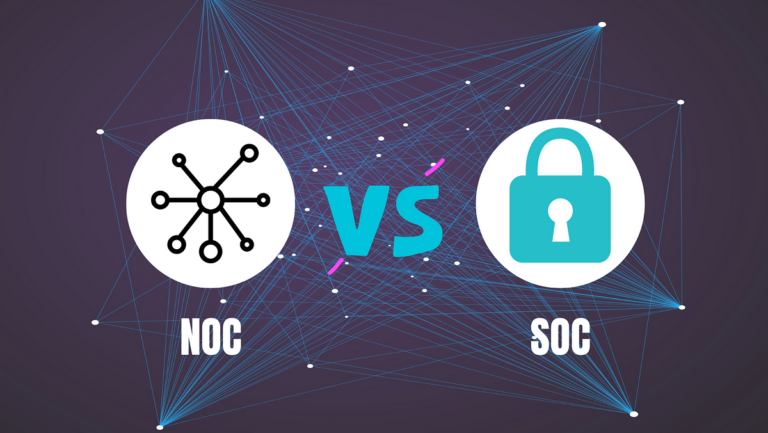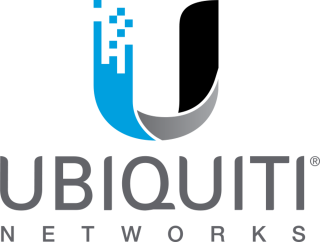In our interconnected world, a high-performance network is the heartbeat of any thriving business. It facilitates seamless communication, efficient data transfers, and collaborative interactions among employees and customers. Nevertheless, as organizations expand and network demands grow, ensuring optimal performance becomes an increasingly complex challenge. In this article, we will explore the significance of performance optimization for your network and discuss effective strategies to unleash its full potential.
Understanding the Value of Network Performance Optimization
- Network performance optimization involves fine-tuning your infrastructure to achieve maximum efficiency, reliability, and speed. It goes beyond mere speed and focuses on creating a seamless, robust network environment that enhances productivity and empowers your business. Here are key reasons why prioritizing performance optimization is crucial:
- Enhanced Productivity and Efficiency: A well-optimized network enables swift access to critical resources and seamless collaboration, resulting in enhanced productivity and efficiency across your organization.
- Improved Customer Experience: In a customer-centric world, a high-performing network ensures smooth interactions, leading to improved experiences and strengthened customer loyalty.
- Cost Savings: Optimization allows you to identify inefficiencies, eliminate unnecessary resources, and potentially realize cost savings in the long run.
- Scalability and Future-Readiness: As your business grows, your network must adapt. Performance optimization ensures your network can scale and handle increased traffic and data volume.
- Competitive Advantage: A high-performance network sets your business apart from competitors, fostering responsiveness and reliability that are crucial differentiators.
Strategies for Network Performance Optimization
- Achieving optimal performance involves adopting best practices and leveraging cutting-edge technologies. Here are key strategies to unleash your network’s full potential:
- Network Monitoring and Analysis: Utilize advanced monitoring tools to gain insights into network performance. Analyze data to identify bottlenecks, bandwidth usage patterns, and areas for improvement.
- Bandwidth Management: Prioritize critical applications and allocate bandwidth accordingly. This guarantees essential tasks have sufficient resources, minimizing slowdowns during peak usage.
- Quality of Service (QoS) Configuration: Set up QoS protocols to prioritize specific types of network traffic. Real-time applications like video conferencing and VoIP receive higher priority, ensuring a seamless user experience.
- Network Security: Security is vital for optimization. Implement robust measures, including firewalls, encryption, and intrusion detection, to safeguard against cyber threats and data breaches.
- Load Balancing: Distribute network traffic across multiple paths to avoid congestion and maintain stability during periods of high demand.
- Regular Network Maintenance: Perform routine maintenance and updates to keep your infrastructure running smoothly and prevent potential issues.
- Embrace Emerging Technologies: Explore advancements like Software-Defined Networking (SDN) and Network Function Virtualization (NFV) for increased agility and flexibility.
A high-performance network is the foundation of modern business success. By prioritizing performance optimization, you can unlock your network’s full potential, creating a robust, reliable, and agile infrastructure. Utilize best practices, advanced monitoring, and emerging technologies to enhance productivity, elevate customer experiences, and gain a competitive edge in the digital landscape. Invest in performance optimization today to position your business for sustained growth and success tomorrow.










